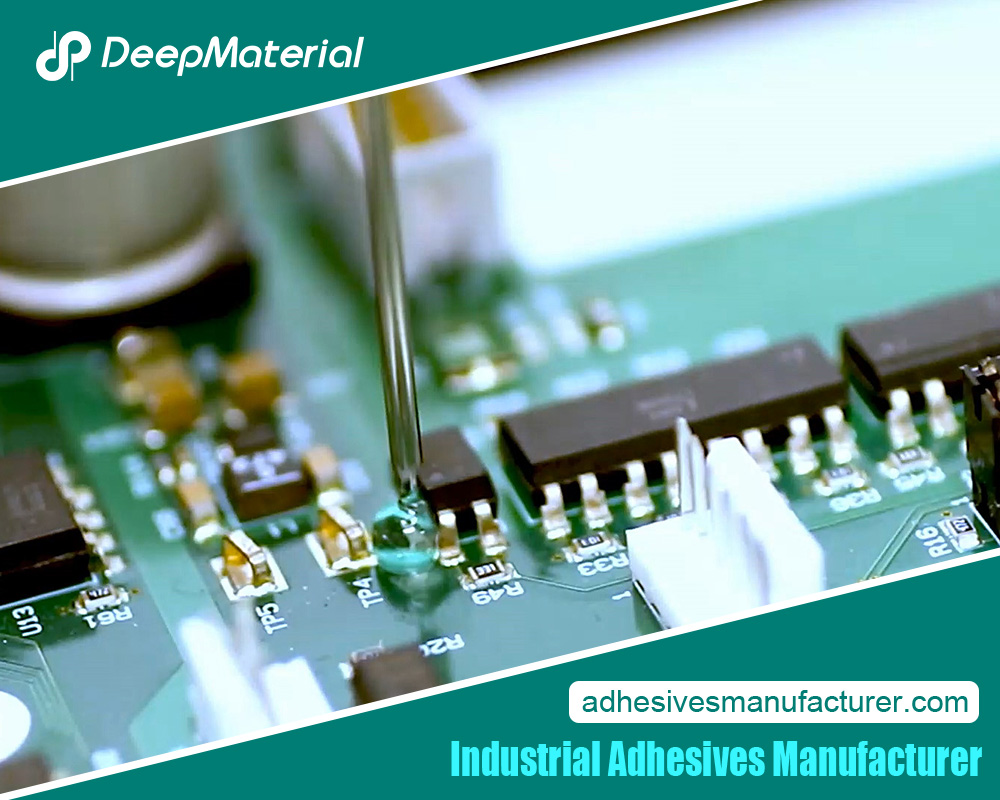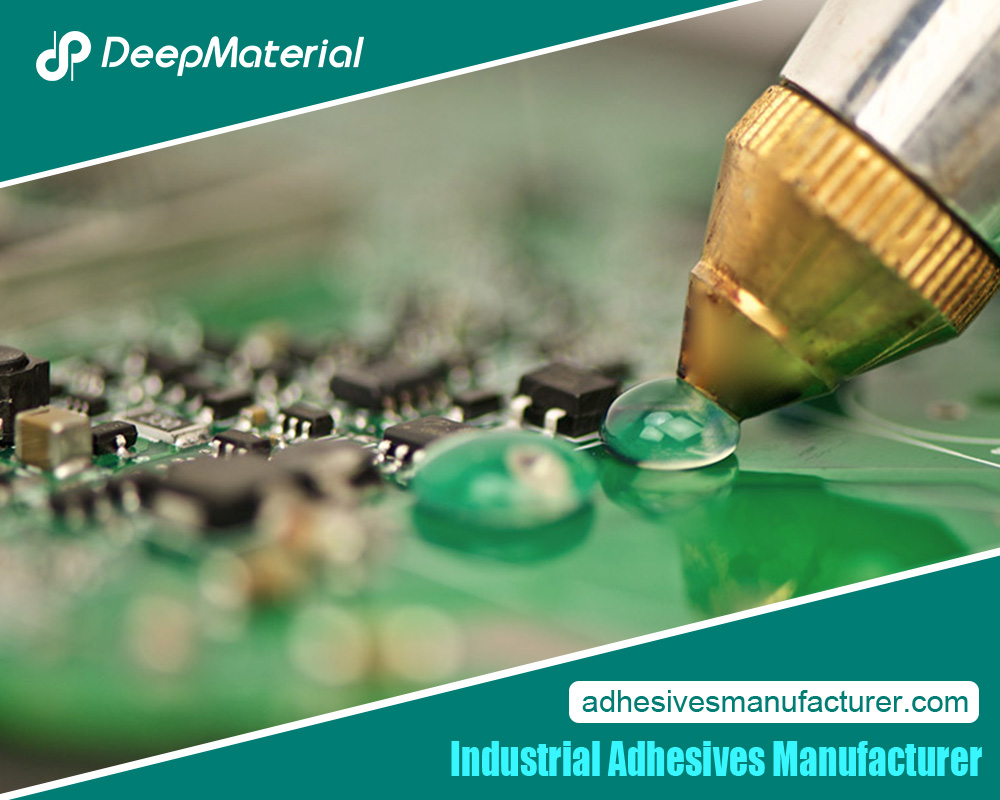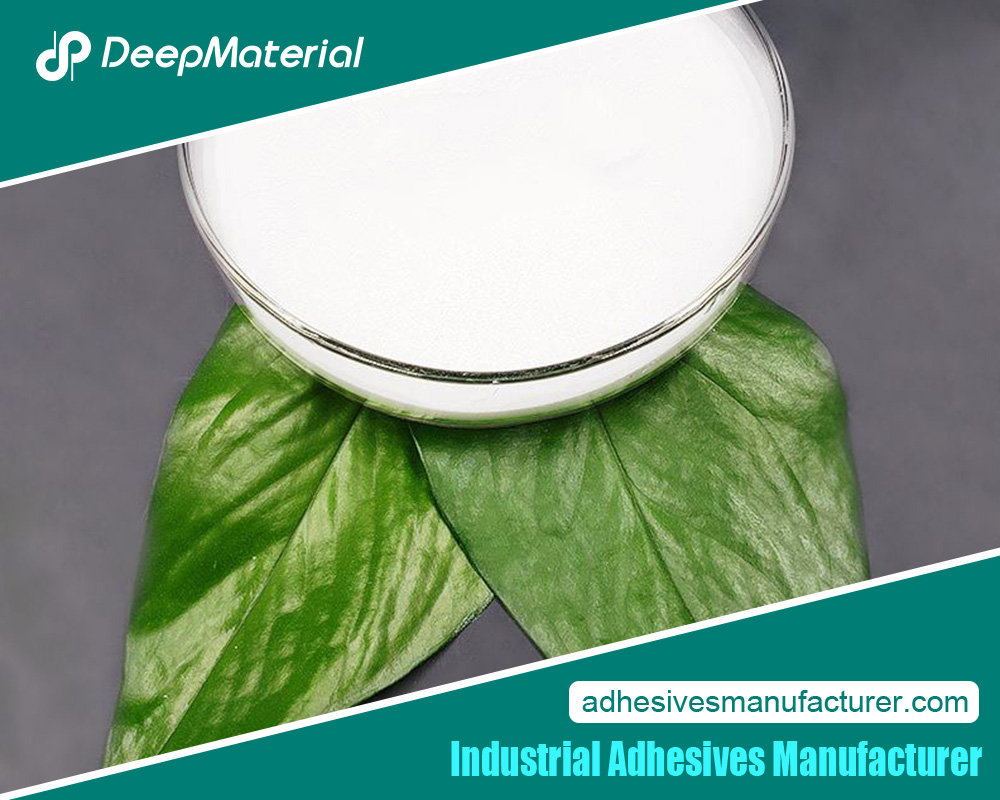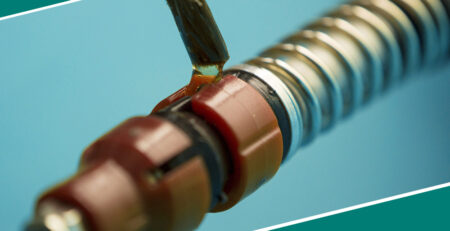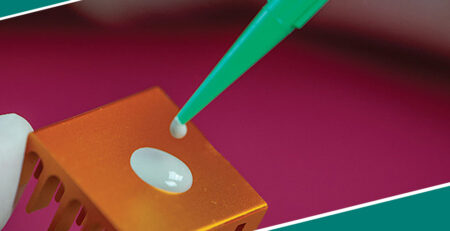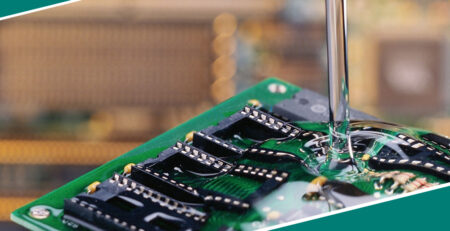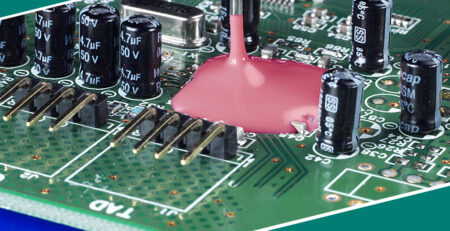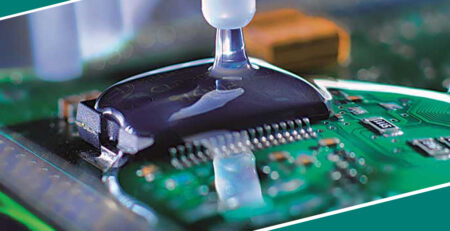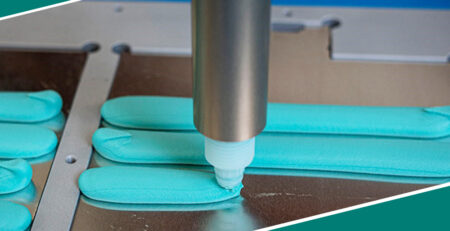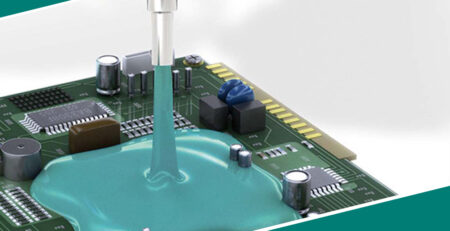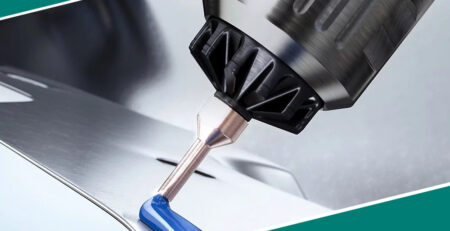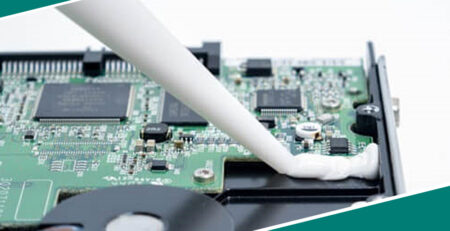Understanding the Industrial Adhesive Manufacturing Process: Techniques and Innovations
Understanding the Industrial Adhesive Manufacturing Process: Techniques and Innovations
The industrial adhesive manufacturing process plays a crucial role in industries ranging from automotive to construction, packaging, and electronics. Adhesives are essential in joining materials that cannot be easily welded or fastened, offering strong bonds for various applications. Over the years, the adhesive industry has seen continuous innovations to enhance adhesive products’ efficiency, strength, and environmental friendliness. This article explores the key techniques involved in the industrial adhesive manufacturing process, factors that influence adhesive performance, and recent trends driving the evolution of this vital industry.
Overview of Industrial Adhesives
Industrial adhesives are versatile substances that bond two or more substrates together through chemical processes. Unlike traditional fastening methods, such as welding, riveting, or bolting, adhesives offer several advantages, including the ability to bond dissimilar materials, distribute stress evenly, and provide aesthetic finishes without compromising the strength of the connection.
Types of Industrial Adhesives:
- Epoxy Adhesives are knownfor their strength and durability and are widely used in the construction, automotive, and aerospace industries.
- Polyurethane Adhesives:These adhesives are flexible and weather-resistant, making them ideal for use in the construction and automotive sectors.
- Acrylic Adhesives:Acrylic adhesives are known for quick curing times and are often used in packaging and consumer goods applications.
- Silicone Adhesives:Silicone adhesives provide high heat resistance and flexibility and are used in electronics, automotive, and construction applications.
Key Stages in the Industrial Adhesive Manufacturing Process
The industrial adhesive manufacturing process typically involves several stages, each contributing to the final product’s properties. These stages include raw material selection, formulation, mixing, curing, and packaging.
Raw Material Selection
The first step in adhesive manufacturing is selecting the right raw materials. These materials depend on the adhesive produced, as each type requires a specific combination of polymers, resins, hardeners, solvents, and additives.
Polymers are the base materials for adhesives. Common examples include epoxy, polyurethane, and acrylic polymers.
- Resins:Provide the adhesive with its binding properties and contribute to the strength and flexibility of the bond.
- Hardeners/Curing Agents: Chemical agents that trigger the curing process, allowing the adhesive to form a solid bond.
- Additives:Depending on the desired adhesive properties, these may include plasticizers, stabilizers, thickeners, or curing accelerators.
Formulation
Once the raw materials are selected, they are combined in precise proportions to create the adhesive formulation. This is a critical stage, as the formulation will determine the final adhesive’s properties, such as viscosity, bonding strength, and cure time.
- Viscosity Control:The viscosity of the adhesive is controlled to ensure proper application. Adhesives can range from liquid to paste-like substances depending on the intended use.
- Chemical Composition:The chemical makeup of the adhesive affects its curing time, strength, and resistance to environmental factors like heat, moisture, and chemicals.
Mixing and Blending
Mixing and blending are crucial steps that ensure a uniform distribution of ingredients. Raw materials are mixed in large industrial mixers or reactors at this stage. This process involves heating the raw materials, stirring, and sometimes applying high-shear forces to combine the components thoroughly.
- High-Shear Mixing:In some cases, the ingredients are mixed under high-shear conditions, which break down larger particles to create a smoother, more homogeneous adhesive.
- Temperature Control:Certain adhesives require specific temperatures to activate chemical reactions or achieve the desired consistency.
Curing Process
Curing is the process that transforms the adhesive from a liquid or paste into a solid form. This stage is vital as it affects the adhesive’s bonding strength and durability. Depending on the type of adhesive, the curing process can be initiated through various methods.
- Thermal Curing:This is common for epoxy and polyurethane adhesives. Heat is applied to speed up the chemical reaction and harden the sealant.
- UV Curing:This method is used in applications where fast curing is necessary, such as packaging or electronics. UV light triggers the curing process.
- Moisture Curing: Some adhesives, especially polyurethane-based ones, cure when exposed to moisture in the air, making them suitable for outdoor applications.
Packaging and Quality Control
After curing, the adhesive is packaged for distribution. The packaging process ensures that the adhesive remains stable until it is ready for use. Quality control measures are also implemented to ensure the adhesive meets the required specifications.
- Batch Testing:Samples from each production batch are tested for viscosity, bonding strength, curing time, and other critical parameters.
- Packaging:Depending on their end-use, adhesives may be packaged in various forms, such as liquid, paste, or solid.
Factors Affecting the Quality of Industrial Adhesives
Several factors influence the quality and performance of industrial adhesives. Understanding these factors is crucial to ensuring that the final product meets industry standards and user requirements.
Material Compatibility
One of the most critical factors in adhesive performance is the compatibility between the adhesive and the bonded materials. The adhesive must form a strong bond with the substrates, whether metals, plastics, glass, or textiles.
- Surface Energy:The surface energy of the materials affects how well the adhesive spreads and bonds. High-surface energy materials, such as metals, bond well with adhesives, while low-energy materials, like certain plastics, may require surface treatment before bonding.
Environmental Resistance
Adhesives must often perform under challenging environmental conditions, such as exposure to heat, moisture, chemicals, or UV radiation.
- Heat Resistance:Some adhesives, like silicone or epoxy-based, can withstand high temperatures, making them ideal for automotive or aerospace applications.
- Chemical Resistance:Certain industries, such as pharmaceuticals and food packaging, require adhesives that resist chemicals and solvents.
Cure Time and Working Time
The time it takes for an adhesive to cure and form a bond can impact production efficiency. Manufacturers often need adhesives with fast cure times for assembly-line operations, while others may require a longer working time for intricate applications.
- Fast Cure:Some adhesives, like UV-curing adhesives, provide almost instantaneous bonding, while others require more extended sets.
- Open Time:Open time refers to how long an adhesive remains workable before it begins to set. This is essential for specific applications that require precise alignment during assembly.
Recent Innovations in Industrial Adhesive Manufacturing
The adhesive manufacturing industry has seen significant technological advancements in recent years, driven by a need for more sustainable, efficient, and versatile bonding solutions.
Eco-Friendly Adhesives
With increasing environmental awareness, many manufacturers focus on producing adhesives with minimal ecological impact. Water-based adhesives, bio-based resins, and non-toxic ingredients are becoming more popular as alternatives to traditional solvent-based adhesives.
- Water-Based Adhesives:These adhesives use water as the primary solvent, reducing the emission of volatile organic compounds (VOCs).
- Bio-Based Adhesives:Derived from renewable resources like plant-based oils, these adhesives offer a more sustainable option than petroleum-based products.
Advanced Manufacturing Techniques
New manufacturing techniques, including 3D printing and nanotechnology, are revolutionizing the adhesive industry. These innovations enable the production of highly specialized adhesives that can bond under unique conditions or at microscopic scales.
- 3D Printing:Adhesives tailored for 3D printing processes allow for precise bonding between printed layers, enhancing the structural integrity of printed parts.
- Nanomaterials: Incorporating nanomaterials into adhesives enhances properties like strength, conductivity, and resistance to environmental stressors.
Conclusion
Industrial adhesive manufacturing is a complex and highly specialized field that carefully selects and processes materials to create strong, durable, and efficient bonding solutions. From raw material selection to formulation, curing, and packaging, each process step is vital in producing adhesives that meet the diverse needs of modern industries. As industries continue to evolve, innovations such as eco-friendly adhesives and advanced manufacturing techniques will further enhance the versatility and sustainability of adhesives. Understanding the intricacies of the adhesive manufacturing process is key to ensuring high-quality products that drive the success of various industries.
For more about understanding the industrial adhesive manufacturing process: techniques and innovations, you can pay a visit to Deepmaterial at https://www.adhesivesmanufacturer.com/ for more info.

